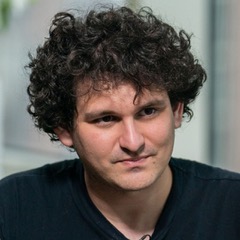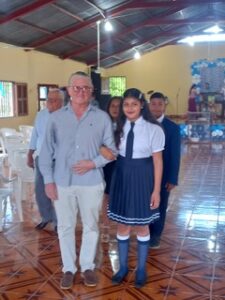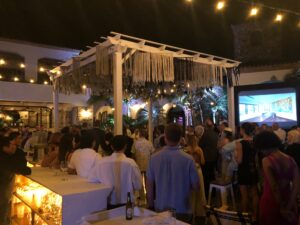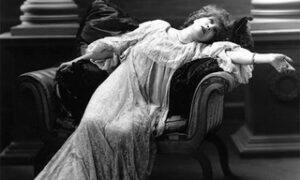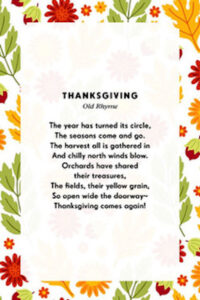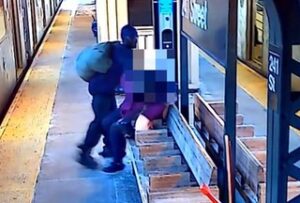Tuesday’s essay on how the US dealt with Covid provoked a great deal of response (see below). The opinions were mixed, but reading through them this morning, I could see that some people thought I was making light of the virus. The opposite is true. The virus was a massive killer. My argument is that the government’s response to it, which was fueled by media-generated fear mongering, made it a great deal worse. What I’m doing in the follow up pieces is to tackle one element of misinformation and mismanagement at a time. Today I’m talking about the early fears about running out of ventilators.
The COVID Response. What We Got Wrong.
Part II: Ventilators
Remember all the hullabaloo about ventilators? All those media stories in the early days of Covid about the “critical shortage” of ventilators?
Like this story, titled There Aren’t Enough Ventilators to Cope with the Coronavirus, published by The New York Times in early 2020?
According to this article, and dozens like it at the time, US hospitals were terribly under-equipped to handle the case loads of Covid patients, and were “desperate” because ventilators are a “crucial tool to keep patients alive…and can be the difference between life and death for those facing the most dire respiratory effects of the coronavirus.”
(The article went on to criticize the Trump administration had failed to “develop a national strategy for accelerating the production of ventilators.”)
Also in April of 2020, the New England Journal of Medicine published an article titled Critical Supply Shortages — The Need for Ventilators and Personal Protective Equipment during the Covid-19 Pandemic that went so far as to estimate the number of ventilators needed as being “several hundred thousand to as many as a million.”
One opinion piece published in April, 2020, 2 Harvard Law professors and a UP professor of critical care said the shortage of ventilators was so severe that doctors were routinely being forced to withhold ventilation from some not-so-severe patients in order to make ventilators available for more severely sick patients, which “will probably cause them to die when they might have gone on to live long and healthy lives with the treatment.”
“Do you remember that there were a few doctors and nurses that spoke out against the excessive and improper use of ventilators because of all fear? One instance that briefly went viral, a NYC nurse accused NYC hospitals of “killing patients with ventilators” by intubating them when other, less dangerous, treatments were available?”
And then… nothing. We stopped hearing about ventilators and the critical need for ventilation. The virus was still spreading like wildfire, but the ventilator crisis seemed to have disappeared.
This story was the story in those early months of 2020. It was front page news. And it was political fodder for politicians as well.
Do you remember the fight between Governor Andrew Cuomo and Trump over the need for ventilators? Cuomo was saying that New York needed “a minimum of 30,000 to 40,000 ventilators,” to which Trump replied, ““I have a feeling that a lot of the numbers that are being said in some areas are just bigger than they’re going to be. I don’t believe you need 40,000 or 30,000 ventilators. You go into major hospitals sometimes, and they’ll have two ventilators. And now, all of a sudden, they’re saying, ‘Can we order 30,000 ventilators?’”
So there was all that. And then, suddenly, nothing more. The media stopped covering the “crisis” and politicians stopped talking about them. And Americans stopped worrying about them.
What happened? Had supply met demand?
Well, supply did increase. By thousands of units per week. But by the end of 2020 more than 140,000 ventilators were sitting unused in warehouses and hospital storage areas. And only a small fraction of the 30,000 to 40,000 ventilators that Cuomo ordered were ever used.
Why was that story never told? And why have we heard nothing about ventilation since?
It is, to me, a story of fear mongering and irrationality. And of a media that took a fixed position on a health issue rather than treating it as a question. And the reason they did that was because Trump, whom they despised, “downplayed” the need for so many more ventilators. As all those unused ventilators started piling up in warehouses all around the country, it begged the question: Why weren’t they being used?
And the reason for that was known all along. Ventilators are very imperfect medical tools. They can indeed be life saving in certain situations, but they have such a great propensity to cause damage, including killing patients that use them, that they have always been used sparingly and only with extreme care.
The big lie about ventilators was that they were not miracle machines, and they were not in critically short supply. Instead they were being used on patients that would not have normally been candidates for them. US hospitals were using them well beyond the historical need and well beyond the use of them in other developed countries. One example: the US compared to the UK:
In July of 2020, US hospitals had 14,000 COVID patients in ICUs on ventilators. In the UK, with 20% of the US population, the number was less 86. In January of 2021, US hospitals had 29,000 patients ventilated, compared to 3,600 in the UK. Bottom line: On a percentage basis, the US was ventilating considerably more COVID patients than any other country in the world.
The bottom line: in 2020, tens thousands of people sick with Covid were put on ventilators that should probably have been treated with other, more traditional, and safer, procedures. And because of the high probability of bad outcomes from ventilation, it’s reasonable to assume that this hysteria about them contributed to thousands of unnecessary deaths.
Here are some of the serious problems with ventilation and why they are meant to be used sparingly: (from Yale Medical School):
Infection: The breathing tube in the airway can allow bacteria to enter the lungs, which can lead to pneumonia. A ventilator can also damage the lungs, either from too much pressure or excessive oxygen levels, which can be toxic to the lungs.
Delirium and other PICS (post-ICU problems): Treating an illness with a ventilator often causes three lingering problems – loss of physical functions, loss of cognitive functions, and mental health issues.
Other post-ventilator physical problems: The lack of movement from being in a ventilator causes many persistent physical problems after the patient is discharged that require months of physical therapy.
